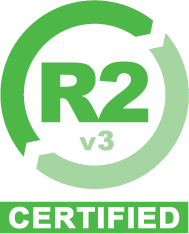As businesses look towards spring, the concept of cleaning out and refreshing becomes not just a personal endeavor but a critical business operation—especially when it comes to Information Technology Asset Disposition (ITAD). Regular IT asset refreshes and...











